Canada Remembers Times - 2006 Edition - Page 3
Train Crash Takes the Lives of 17 Canadian Soldiers on Their Way to the War in Korea
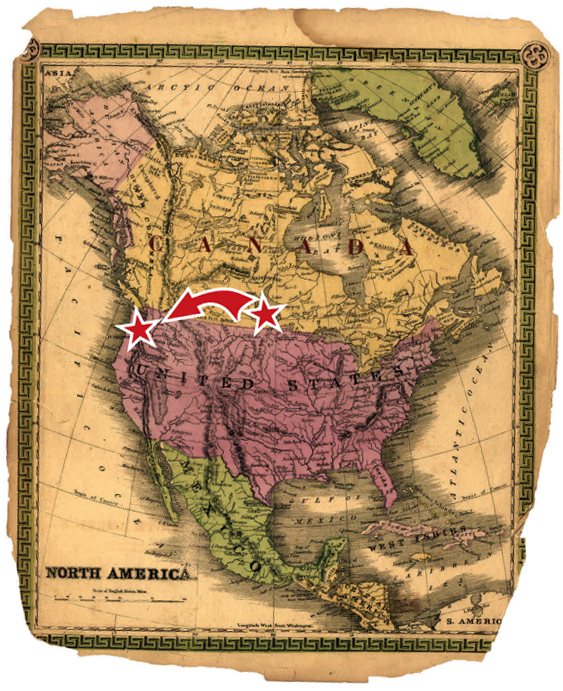
The dangers of serving in times of war are not only the obvious ones of guns and bombs. Often the risks begin with enlistment and training. The tragedy that struck the 2nd Regiment, Royal Canadian Horse Artillery on November 21, 1950, shows how true this is.
The soldiers were on their way from Camp Shilo in Manitoba, to Fort Lewis in Washington State for additional training and then shipping out for Korea. Near Canoe River, B.C., the troop train collided head-on with another train. The engine and front passenger cars derailed and slid down an embankment. Some of the unhurt soldiers frantically dug out the injured and dead from the wreckage, using their rifles to pry the twisted debris to get their comrades free. Twelve soldiers died in the crash and another five would die of their injuries soon after. The names of these 17 men can be found in the Korean War Book of Remembrance. Their ultimate sacrifice in the cause of peace and freedom forever recorded in this beautiful book that is kept on Parliament Hill in the Memorial Chamber of the Peace Tower. It can also be viewed on-line by going to the Veterans Affairs Canada web site.
HMCS Iroquois hit off Coast of Korea
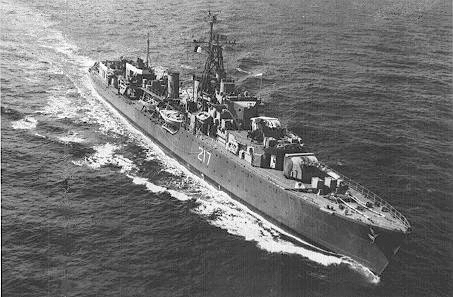
Photo Credit: DND Image
The Royal Canadian Navy played a role in the Korean War for most of the conflict. Canadian destroyers saw action off both the east and west coasts of the Korean peninsula. It was a difficult job and danger was always close by. On October 2, 1952, HMCS Iroquois was exchanging fire with an enemy gun battery on shore when the ship took a direct hit. Three Canadian sailors died and 10 were wounded in the explosion.
The Canadian destroyers which served off the east coast of Korea were part of the "Trainbusters Club." The terrain in that part of the country often forced local rail lines to hug the coast which made tempting targets. Canadian ships and others serving with the United Nations naval force were able to stop enemy trains from delivering their cargo.
Break the Code
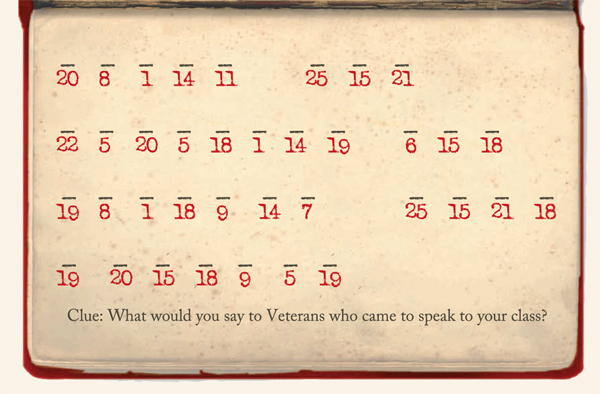
In times of conflict, those in the battle need to communicate with their own forces . . . but they don't want their enemy to know what they are saying. Carrier pigeons, field telephones, signal lamps and even Aboriginal-Canadian "codetalkers" have all been used to send secret messages during our country's conflicts. Most commonly, messages were encoded. However, there were always code-breakers who did their best to decipher the messages. Why don't you try to crack this message? The key to the code is that 1=A, 2=B, 3=C, etc.
Sports Highlights - Hockey Night in Korea?
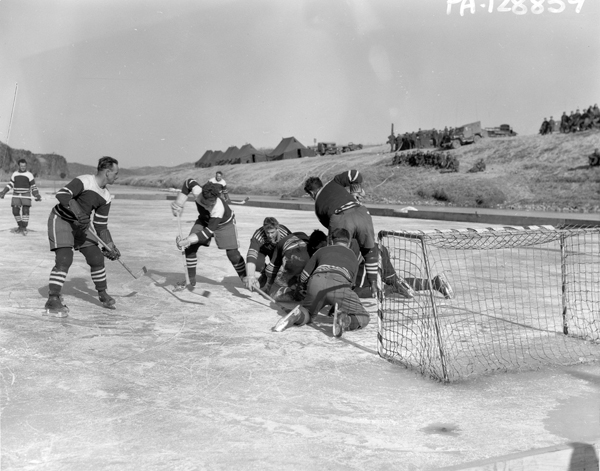
Photo Credit: LAC PA-128859
Canadians will be Canadians, no matter where in the world they are. Our country's servicemen who served in the Korean War were no different. In the winter, hockey games would be played on patches of ice near the front lines. The games were often between different units and pride would be at stake, such as on March 11, 1952, when soldiers from the l Battalion Princess Patricia's Canadian Light Infantry took on soldiers from the 2nd Battalion Royal 22nd Regiment (the "Vandoos"). This championship match was held on a makeshift rink they dubbed "Imjin Gardens," a sporting event that created a little piece of normal Canadian life half a world away in war-torn Korea.
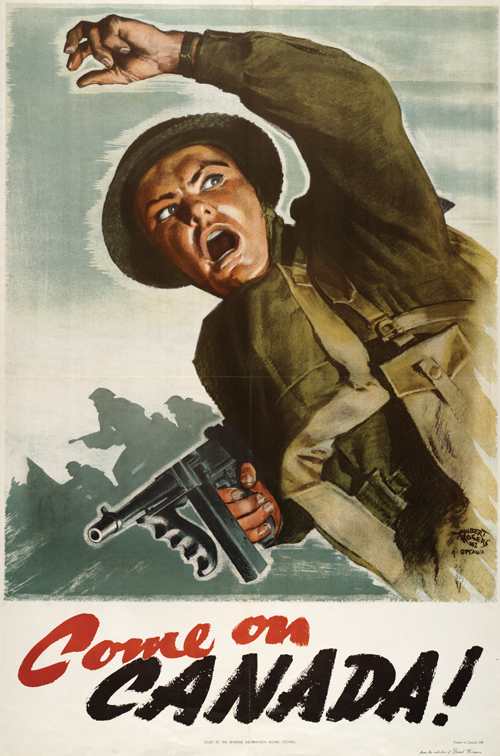
Poster Credit: McGill Library Collections WP2.R3.F1
- Date modified: